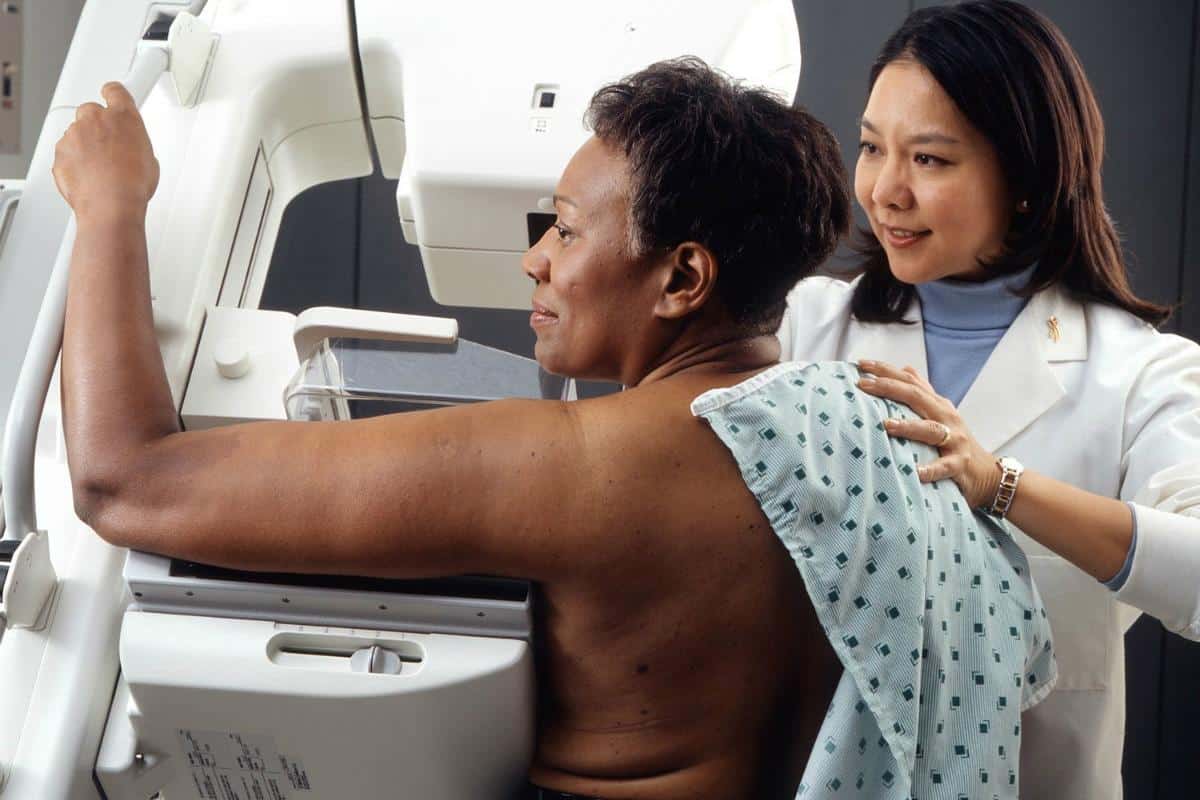Many radiologists believe patient-provider discussions about screening mammography and supplemental screening are inadequate, according to findings published in the Journal of Breast Imaging. The specialty appears ready to step up and take a more visible role in patient education.
“Breast cancer screening guidelines currently vary widely among professional societies, resulting in nonuniform screening recommendations from providers,” wrote Shadi Aminololama-Shakeri, MD, department of radiology at the University of California Davis in Sacramento, California, and colleagues. “This disparate messaging can contribute to confusion and frustration for patients.
At times, breast radiologists face patients in their exam rooms who are puzzled, and occasionally upset with their referring provider for recommending a screening interval other than annual.”
Aminololama-Shakeri et al. sent a 36-question survey to members of the Society of Breast Imaging (SBI) in February 2017, receiving 275 responses. While 62% of respondents identified as female, 50% were 50 years old or older. Sixty-five percent of respondents said they have been practicing for more than 10 years.
Overall, 68% of respondents said they were concerned referring physicians “are not adequately discussing benefits versus risks of breast cancer screening with patients.”
In addition, a majority of respondents said there should be “set standards for the referring physicians’ discussions with patients” regarding screening guidelines (74%) and supplemental screening for women with dense breast tissue (67%). Sixty-one percent said they would use “a universal screening guideline algorithm endorsed by the SBI.”
When asked who should be providing this patient education, 60% of respondents said radiologists should be responsible for education related to breast density and supplemental screening. Just 47%, however, said radiologists should be responsible for patient education related to screening guidelines. There was “broad agreement” throughout the entire study cohort that radiologists are willing to provide patient education themselves.
“Our results highlight that radiologists are interested not only in being more directly involved in educating patients and referring providers, but also in preparing clinical standards to reduce the variability in practices,” the authors wrote. “Radiologists can assist in educating referring providers about screening by providing information in any format that reaches this group, be it through community newsletters, local medical society updates, or providing learning opportunities directly at the providers’ offices.”


